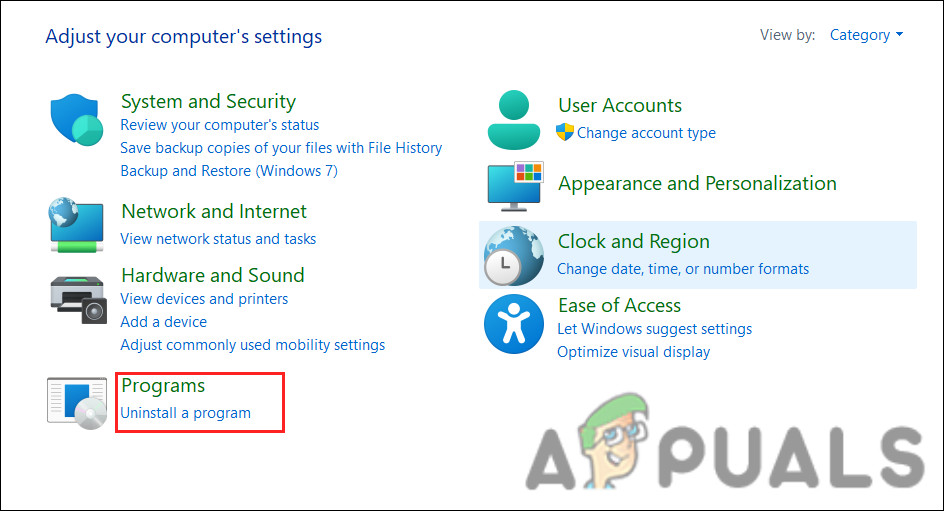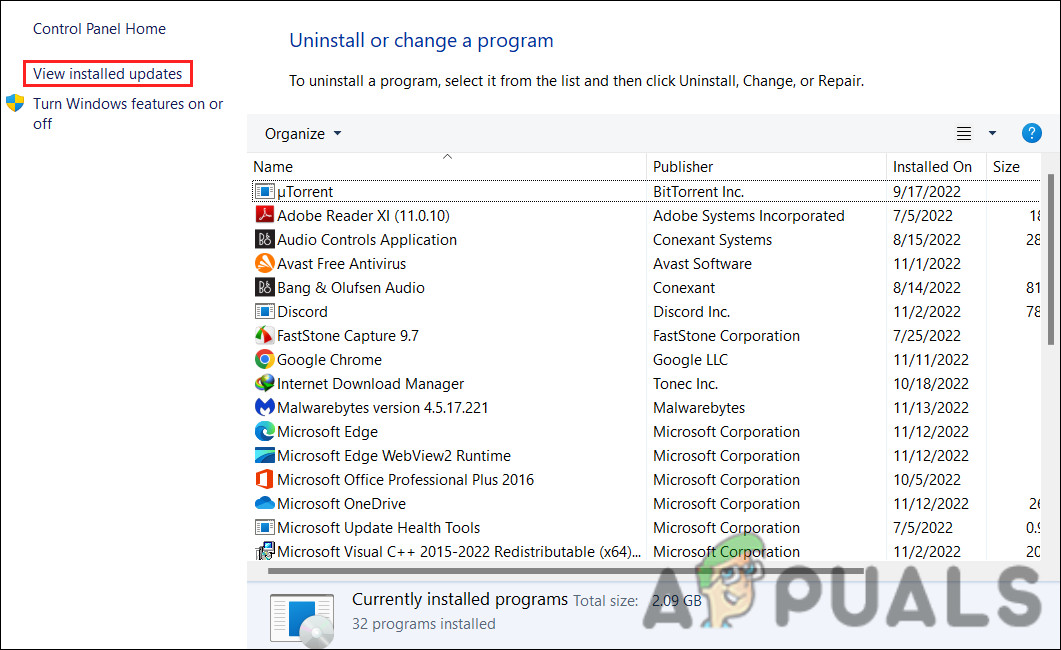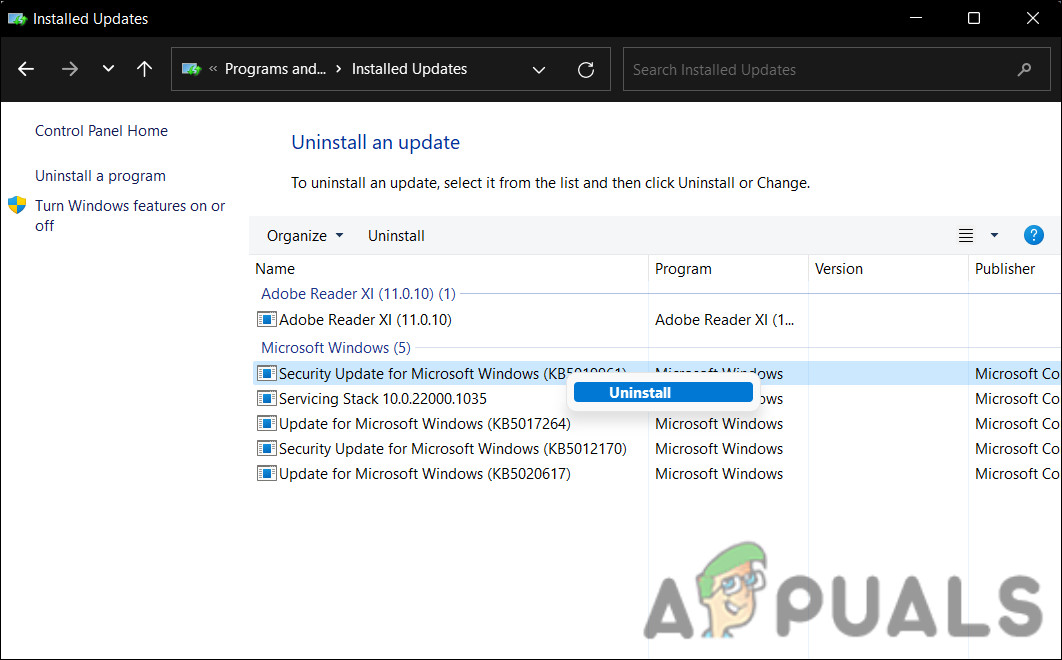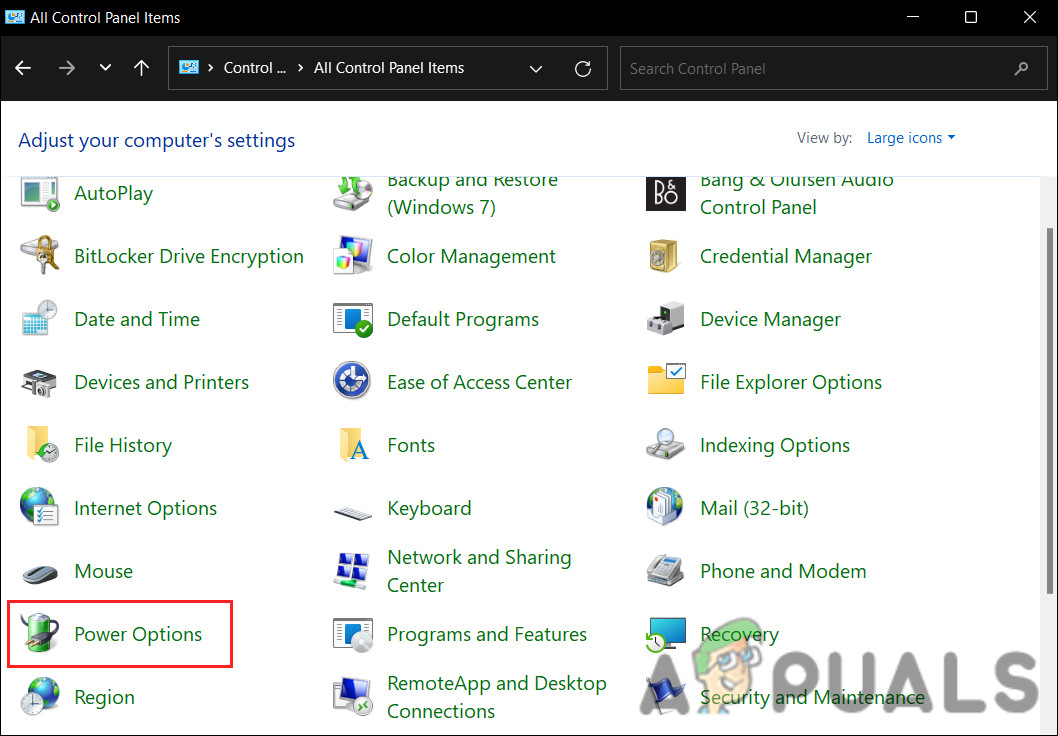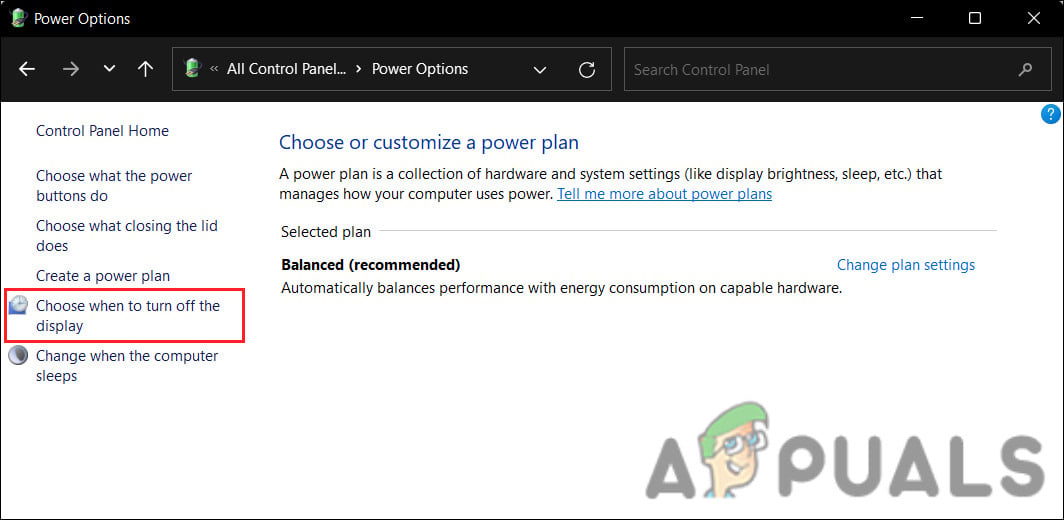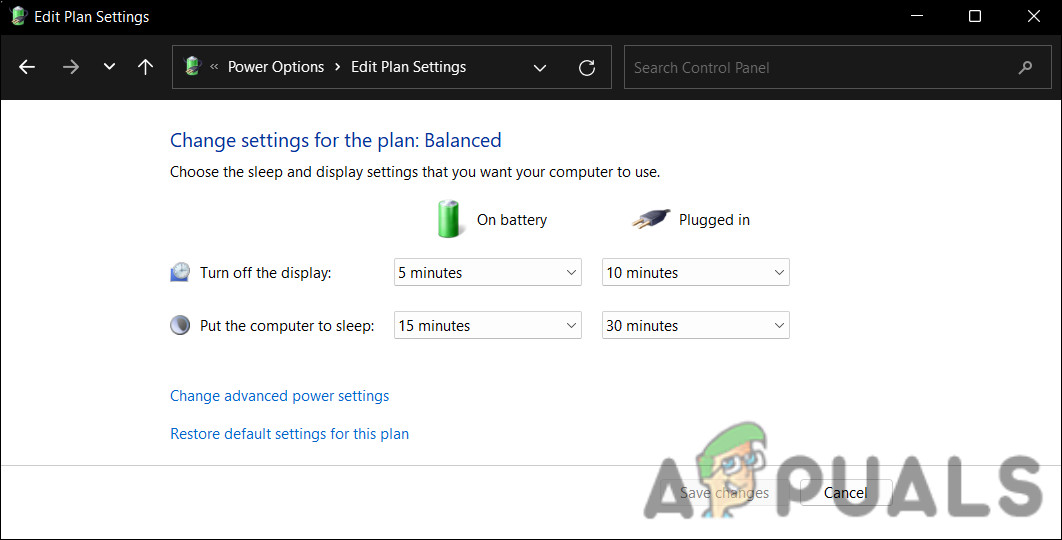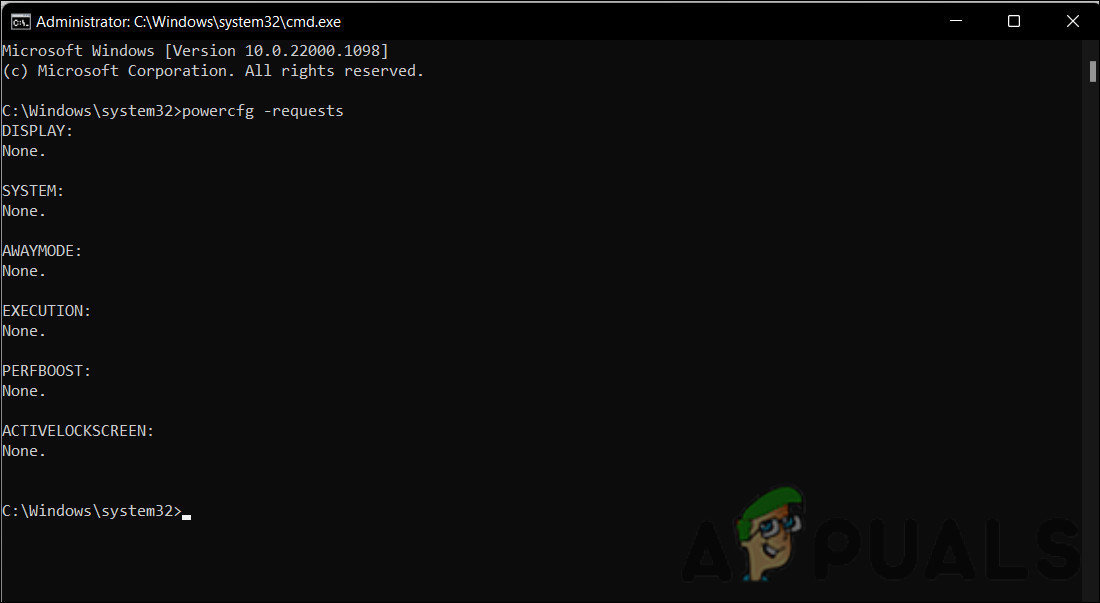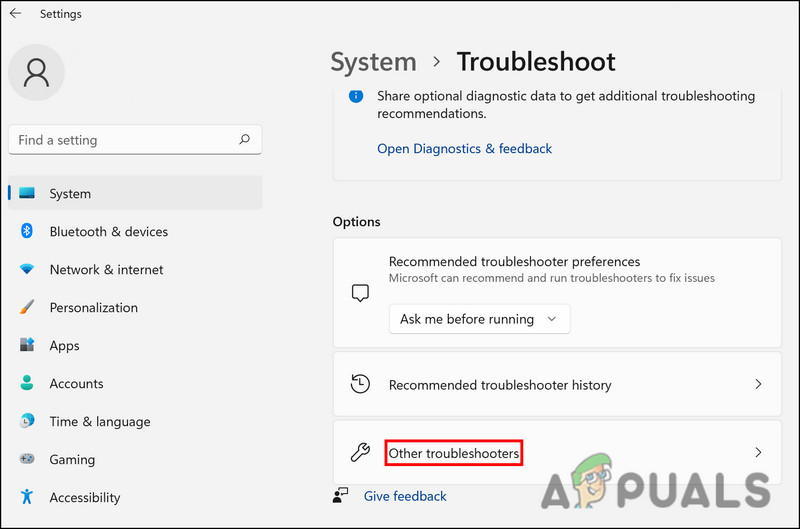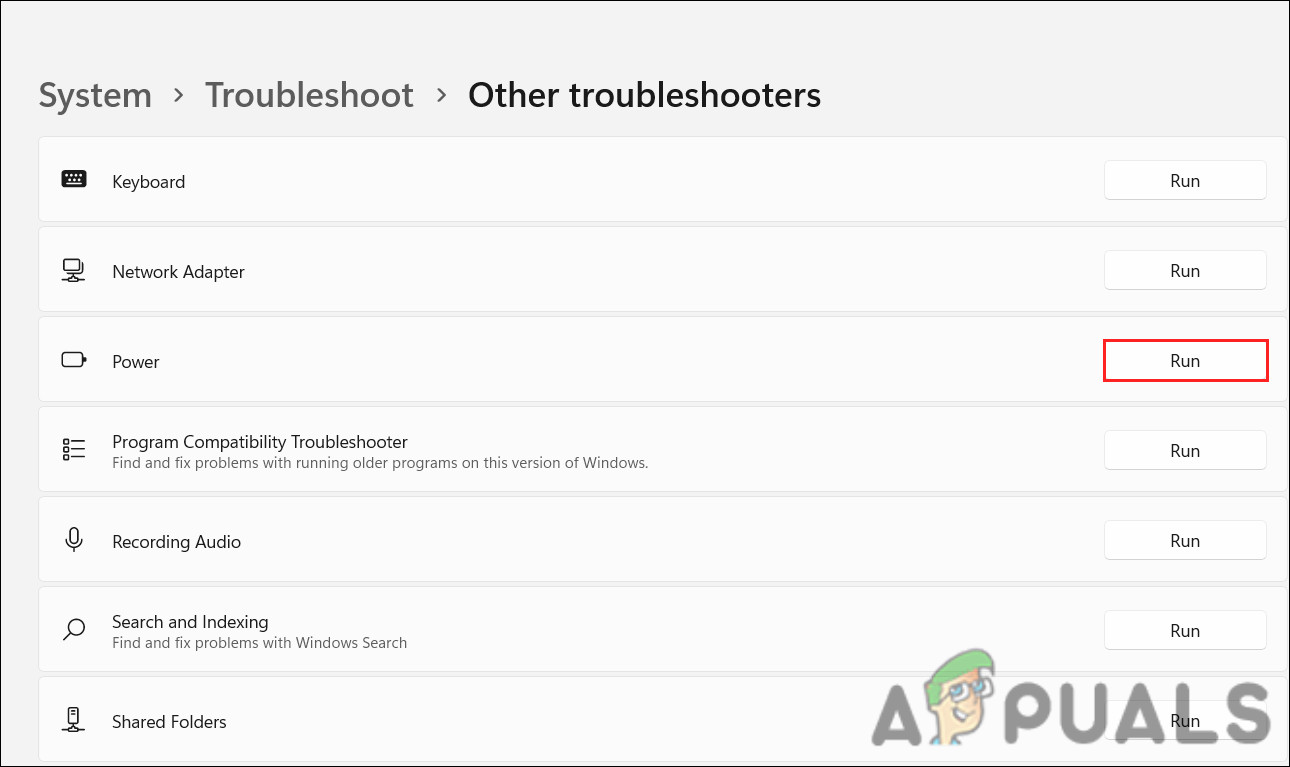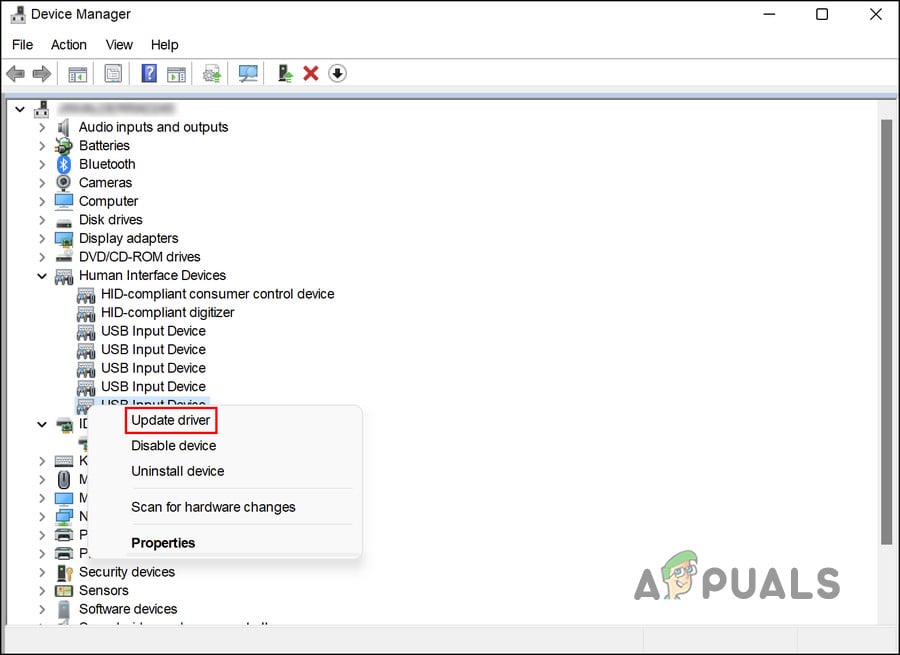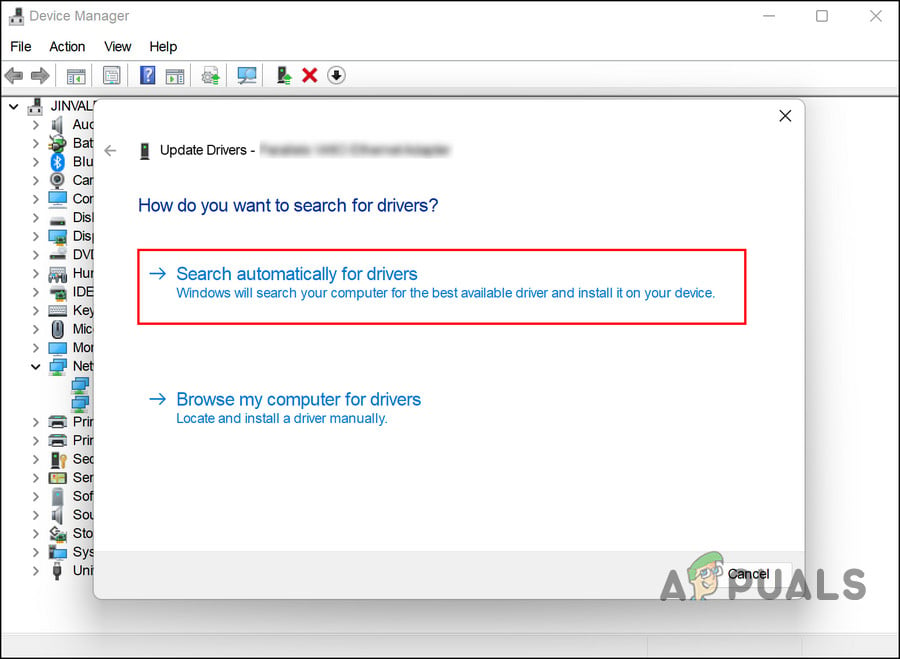The issue can typically be caused by a number of reasons but is mostly seen occurring after the installation of the KB5019509. Below, we have listed different troubleshooting methods that can fix the problem for you. Get started to resolve the issue!
1. Uninstall the Update (If Applicable)
As we just mentioned, the issue is typically caused after installing the KB5019509 update. If you too recently installed this update, then try uninstalling it to resolve the issue. In case the issue started occurring after installing another update other than the one under discussion, you can uninstall that as well. Here is how you can proceed:
2. Remove External Peripherals
Another reason why you might be facing the problem is because of corrupt external devices interrupting the system’s processes. If this scenario is applicable, then try removing all the external peripherals that are not essential for the PC. For instance, you can try removing the USB or joysticks, if attached, and then check if the system can go into sleep mode successfully.
3. Check the Sleep Settings
There is also a chance that the sleep settings of your computer are configured incorrectly. Power and sleep buttons can be affected by hardware, power options, and configuration. If you’re using a shared or non-owned computer, it’s possible someone has tweaked the power settings. Here is how you can check the sleep settings and re-adjust them:
4. Run powercfg Command
In addition, you may wish to run the powercfg command from an elevated Windows Command Prompt, which is a command-line utility which allows you to control every configurable power system setting, including hardware-specific settings that can’t be customized through the Control Panel for each user. Follow these steps to proceed:
5. Run the Power Troubleshooter
Another easy way to fix the problem is by running the power troubleshooter. This utility is designed by Microsoft to scan for any power-related issues in the system and then fix them without requiring much input from your side. Here is how you can proceed with running the troubleshooter:
6. Update Drivers
In some cases, you may also be facing the issue because of incompatible software or outdated drivers. It would be a good idea to check the Device Manager for any outdated drivers in order to make sure this is not the case in your scenario. We have listed the steps of how to check if you have an outdated driver and then update it in this method. Here is how you can proceed: It is also possible to download and install the latest drivers directly from the manufacturer’s website. Check if the issue has been resolved once all the drivers have been updated.
How to Fix Windows 10 Not Waking Up from Sleep Mode[SOLVED] Windows Goes to Sleep Mode Instead of Locking ScreenFix: Computer Won’t Stay in Sleep ModeFix: Windows 11 Screensaver / Display Sleep Functions Not Working

